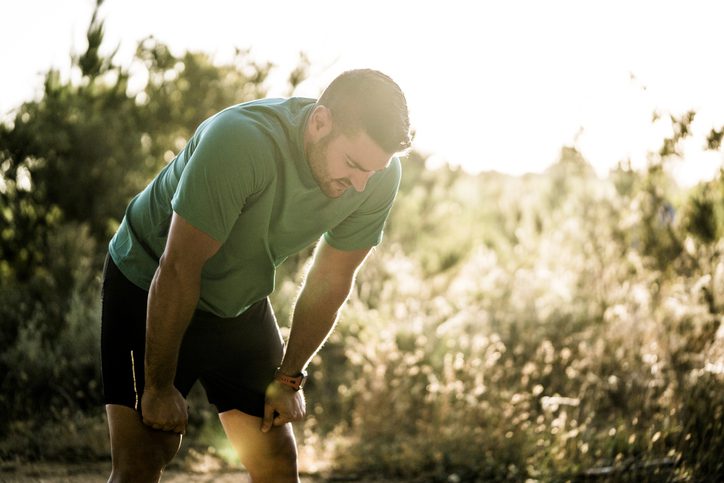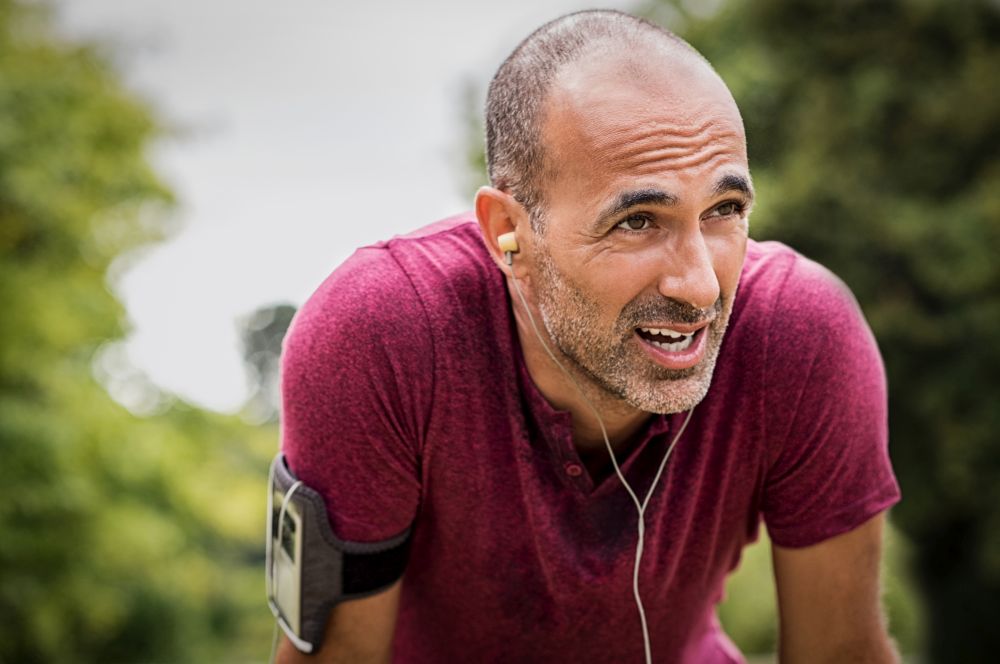We all have that friend who refuses to head out for a run; you’ve tried to get them into it, and they give you the same excuses: “It hurts my body” or “It’s too hard.” Although these complaints are valid, they often stem from impatience and a lack of understanding about what makes running fun in the first place. Here are two reasons why you’re friend doesn’t like running, but (likely) won’t admit it.

They’re going too fast
Another reason why people hate running is that they are simply going too fast. When starting out, there’s a huge misconception that you need to push yourself to the limit on every run. Instead, running should feel like a meditative movement. You should be able to have a full conversation. If that requires walking, then that’s where you should start. Zone 2 training, which is recommended as the best way to build aerobic fitness, should feel easy and sustainable—it’s closer to a brisk walk than an all-out sprint. Starting at a comfortable pace, where you can take in your surroundings, is the best way to build endurance. Plus, I promise you, it can make running a more pleasant experience.
Tip: one of the best ways to ease into finding the right pace is by joining a run club. This immerses you in a supportive environment and allows you to meet like-minded individuals at a similar fitness level. Run clubs typically have leaders who set different paces, making it easier settle into a comfortable pace, as opposed to trying to pace yourself on your own.

They don’t have the right equipment
One of the commonest reasons people hate running is because they aren’t properly equipped. Running in old, worn-out shoes or inappropriate clothing can lead to discomfort and injury—especially for beginners who might not know better. Proper running shoes designed for your particular feet are crucial. Imagine trying to play golf in sandals, or surf in Jordans; for running, you need running shoes–not basketball shoes or tennis shoes. Investing in the right shoes can transform a painful, unpleasant experience into an enjoyable one.
While proper shoes are essential, the right clothing can also make a significant difference. Moisture-wicking clothing helps keep you dry and comfortable, and blister-free running socks prevent painful blisters that can make every step a chore.

